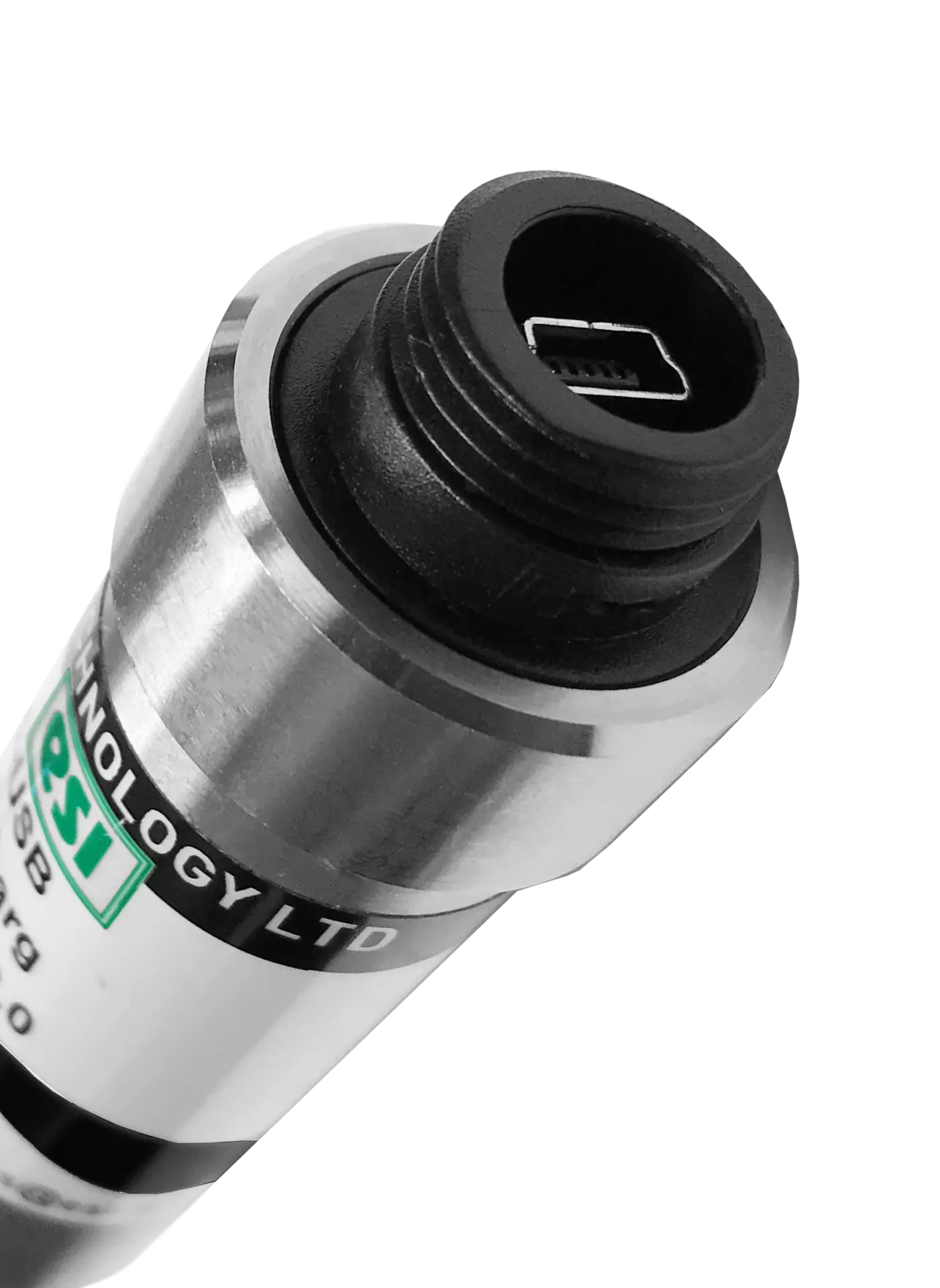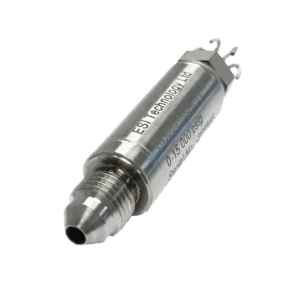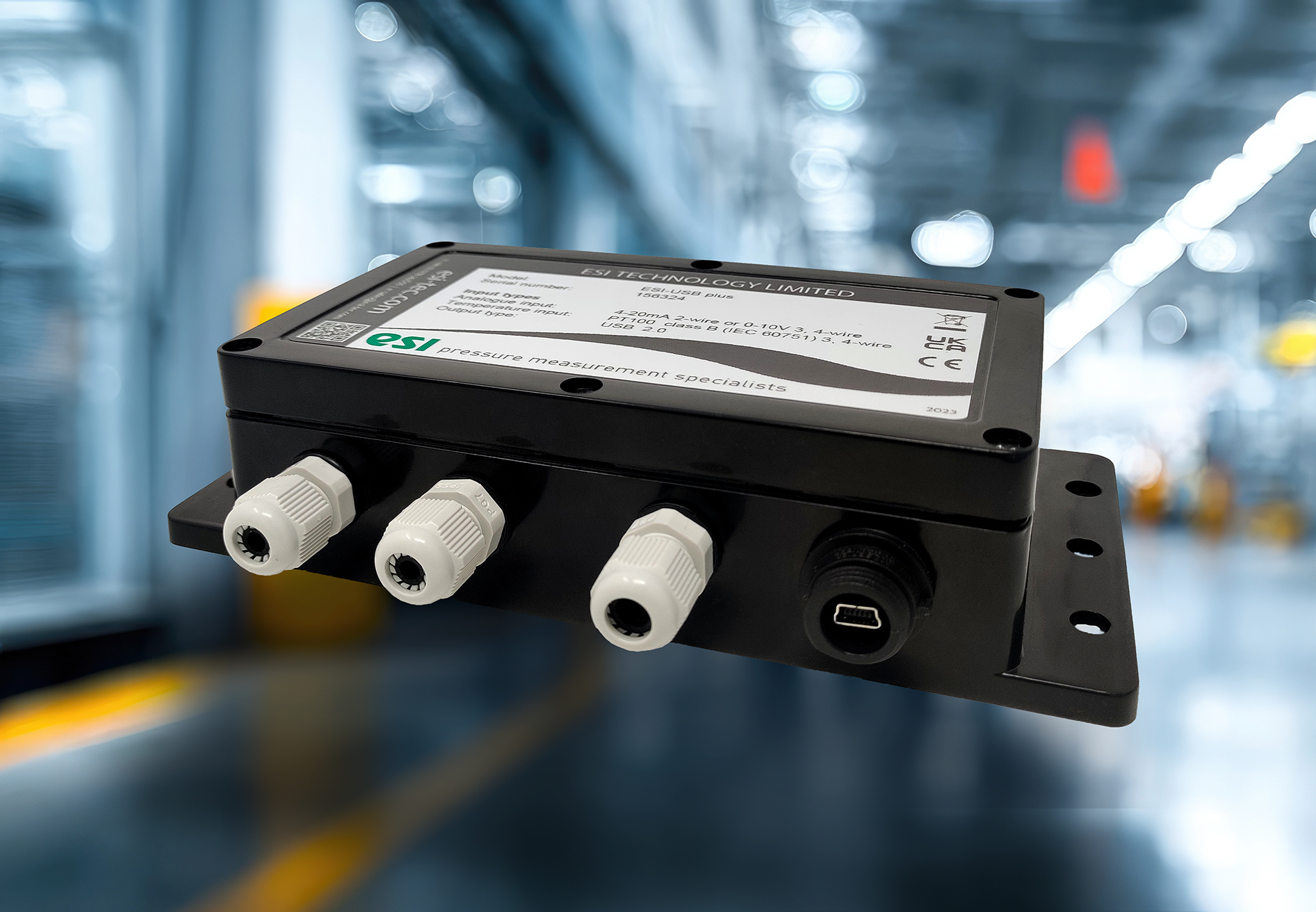Our Unit Converter
The ESI Unit converter allows you to quickly and easily access a conversion tool to work out your preferred unit of pressure measurement wherever you may be. Whether out on-site or in the office.

Download the ESI-USB© Software
The ESI-USB© software allows you to connect your ESI transducer to your laptop or PC and be up and running monitoring pressure data within ten minutes. The software auto-updates and is compatible with Windows 8, 10 & 11.

Below is a polished, SEO-focused ~700-word blog post written specifically for ESI Technology. It includes the keyphrase How does a HI5000 Downhole Pressure Transmitter work? and promotes only your business.
How Does a HI5000 Downhole Pressure Transmitter Work?
High-pressure, high-temperature drilling environments demand instrumentation that is both exceptionally rugged and highly accurate. At ESI Technology, we design and manufacture pressure measurement solutions engineered to withstand the extreme conditions found deep below the surface. One of our most specialised products is the HI5000 Downhole Pressure Transmitter—a device specifically developed for oil, gas, and geothermal operations where reliability is non-negotiable.
In this article, we answer the key question: How does a HI5000 Downhole Pressure Transmitter work? By understanding its operating principles, construction, and benefits, engineers and operators can better appreciate why the HI5000 series is trusted for some of the harshest downhole applications.
Built for Extreme Downhole Conditions
The HI5000 Downhole Pressure Transmitter is designed to maintain precision and stability in environments where pressures exceed traditional sensor limits and temperatures can fluctuate rapidly. Downhole tools are exposed to vibration, shock loads, corrosive fluids, and narrow boreholes, all while requiring long-term accuracy without easy access for maintenance.
ESI Technology manufactures the HI5000 series using robust materials, advanced sensing technology, and hermetic sealing techniques developed specifically for deep-well monitoring. The device is engineered to deliver consistent, real-time pressure data essential for process optimisation, safety, and well integrity management.
The Core Technology: Silicon-on-Sapphire
To understand How does a HI5000 Downhole Pressure Transmitter work?, it starts with its sensing element. The HI5000 uses ESI Technology’s proven silicon-on-sapphire (SOS) sensor technology. This unique combination of silicon and sapphire creates a strain gauge sensor that is exceptionally stable under extreme conditions.
Here’s why the silicon-on-sapphire method is so effective:
-
Sapphire is highly resistant to deformation even under massive load, providing a strong and inert base for the silicon strain gauges.
-
The crystalline structure remains stable at high temperatures, ensuring accuracy long after other technologies would drift.
-
SOS sensors offer excellent long-term repeatability and significantly reduced hysteresis.
This core sensing structure is fundamental to the HI5000’s ability to perform reliably in downhole environments where temperature and pressure cycles are constant.
How Pressure is Measured
Inside the transmitter, the pressure of the surrounding downhole environment acts directly on a thin, durable diaphragm. As pressure changes, the diaphragm deforms minutely. This deformation is transferred through the silicon-on-sapphire element, causing changes in electrical resistance.
These resistance changes are then converted into an electronic signal. The HI5000’s internal electronics amplify, condition, and linearise this signal, producing a stable, high-accuracy output. Depending on configuration, the transmitter can provide standard industry outputs that integrate seamlessly into well logging tools, MWD/LWD systems, and permanent downhole monitoring equipment.
In short, the HI5000 measures pressure by transforming physical changes at the sensor into a trustworthy digital or analogue output that operators can use for critical decision making.
Temperature Compensation and Stability
Downhole pressures are not the only challenge. Temperature gradients can be extreme, and electronic drift is a common issue in lesser transmitters. The HI5000 mitigates this through advanced temperature compensation embedded directly into the electronics.
Because the silicon-on-sapphire sensor is naturally resistant to thermal effects, only minimal correction is required. The result is a highly stable measurement across a wide temperature range. This level of performance is especially valuable in deep wells and geothermal projects where tools must operate for long periods without recalibration.
Hermetic Sealing for Harsh Environments
Downhole fluids can contain corrosive chemicals, abrasive particulates, and gas intrusion risks. The HI5000 is built with a fully welded, hermetically sealed construction to prevent liquid or gas ingress. This protects the internal electronics and ensures consistent output even when external conditions become extreme.
Every unit manufactured by ESI Technology undergoes rigorous testing to ensure it meets the mechanical and environmental demands of its intended application.
Why Choose the HI5000 from ESI Technology?
For operators who require accurate, dependable pressure measurement in deep wells, the HI5000 stands out because:
-
It is designed and manufactured with specialist SOS technology
-
It offers excellent long-term stability at high pressure and temperature
-
It integrates easily into advanced downhole systems
-
It is built with robust materials for long service life
-
It is supported by ESI Technology’s expert technical team
When reliability is essential, partnering with an experienced pressure measurement manufacturer is vital. ESI Technology has decades of experience supplying sensors for demanding industries, ensuring customers receive products designed to perform where others fail.
Final Thoughts
So, How does a HI5000 Downhole Pressure Transmitter work? In essence, it combines advanced silicon-on-sapphire sensing, precision electronics, and rugged construction to deliver accurate pressure readings in deep, hostile environments. It is a solution built for operators who need complete confidence in their data, no matter how extreme the conditions.
For customers seeking high-performance downhole pressure measurement, the HI5000 series from ESI Technology provides an exceptional blend of durability, accuracy, and engineering excellence.



